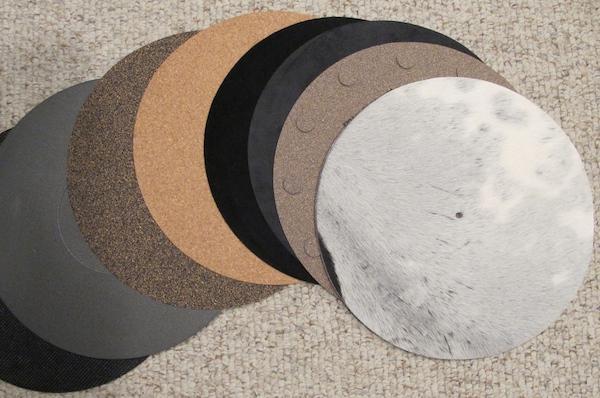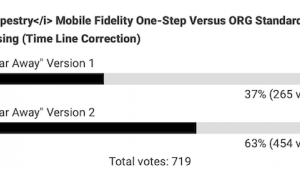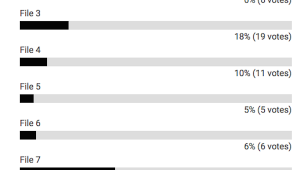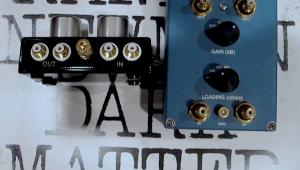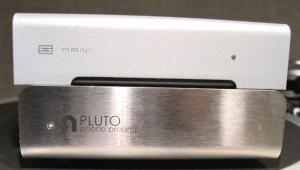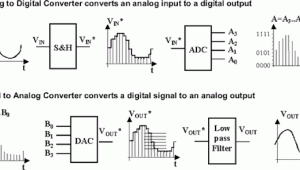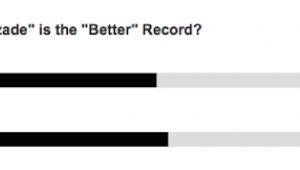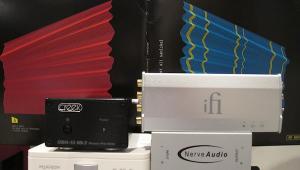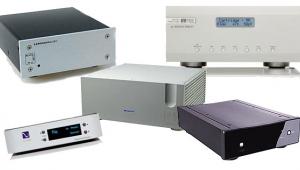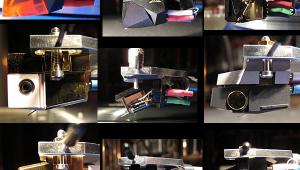But I did not explain. My point was that there are 2 tests being done here by Mr. Fremer.
Test no. 1 is whether there is a difference at all between using and not using a mat: assuming you hear any difference at all
Test no. 2 is whether there is a consensus among the files It will just be interesting to see if a consensus develops around one or two of them [files].
Thus all the files vs. no difference. 61% of voters think there is a difference though there is no consensus among the files.
